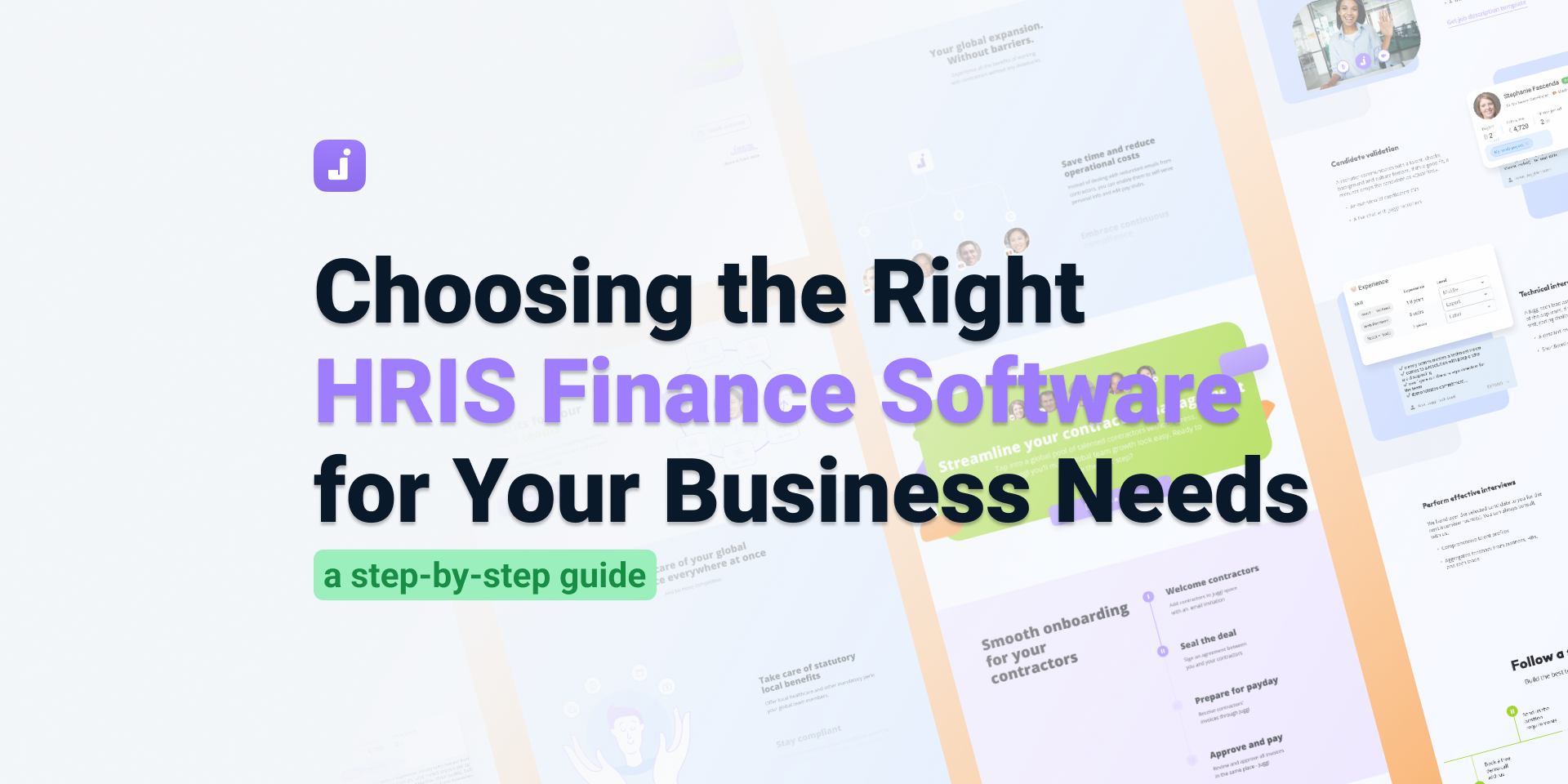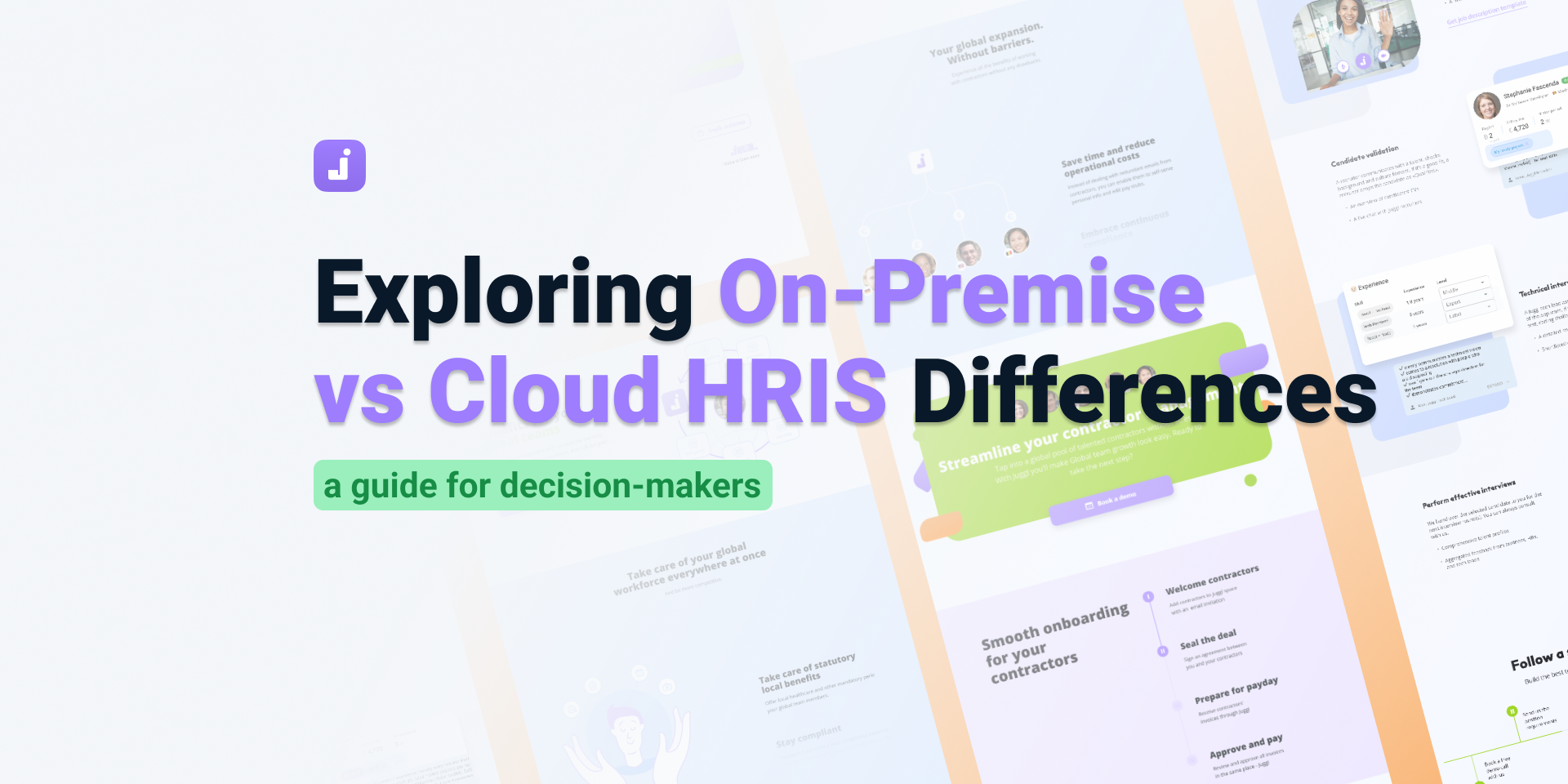5 Best Practices for Effective Contract Management
In the world of HR and Payroll management, contracts are the lifeblood.
They define the terms of employment, set expectations, and protect both parties.
But managing these contracts can be a daunting task.
From drafting and negotiation to execution and renewal, each stage requires careful attention.
That's where effective contract management comes into play
In this article, we'll explore five best practices for effective contract management.
We'll delve into how these practices can streamline your HR and Payroll processes, reduce errors, and ensure compliance.
Whether you're an HR Manager, a Small Business Owner, or a Technology Consultant for HR Solutions, this guide is for you.
So, let's dive in and discover how to make contract management a strategic advantage for your organization.
Understanding Effective Contract Management
Effective contract management is more than just keeping track of documents.
It's a strategic process that involves managing contract creation, execution, and analysis.
The goal is to maximize operational and financial performance while reducing risk.
Here are some key aspects of effective contract management:
- Centralizing contract storage for easy access and control
- Standardizing contract templates to ensure consistency
- Automating contract workflows to minimize manual intervention
- Regularly auditing and reviewing contracts to maintain up-to-date records
- Ensuring clear communication and collaboration among stakeholders
The Importance of Contract Management in HR
In HR, contracts are crucial.
They define the relationship between the company and its employees, outlining rights, responsibilities, and terms of employment.
Effective contract management ensures these agreements are clear, fair, and compliant with labor laws.
It also plays a significant role in employee satisfaction and retention.
When contracts are managed effectively, employees have a clear understanding of their roles and expectations, leading to a more harmonious and productive workplace.
The Role of Technology in Contract Management
Technology has revolutionized contract management.
With the right HR contract management software, businesses can automate and streamline their contract processes.
This not only saves time and reduces errors but also ensures compliance and improves overall efficiency.
From creating and storing contracts to tracking their lifecycle, technology makes contract management a breeze.
And with cloud-based solutions, contracts can be accessed and managed from anywhere, anytime.
This is particularly beneficial for businesses with remote teams or multiple locations.
Best Practice #1: Centralize Contract Storage
One of the first steps towards effective contract management is centralizing contract storage.
This means keeping all your contracts in one place, whether it's a physical filing cabinet or a digital repository.
Centralizing contract storage has several benefits:
- Easy access: With all contracts in one place, they're easy to find when needed.
- Better control: Centralization gives you a better overview of all contracts, making it easier to manage them.
- Reduced risk: With all contracts stored securely in one place, there's less risk of loss or damage.
Benefits of a Centralized Repository
A centralized repository not only makes contract management more efficient but also more effective.
It allows for quick retrieval of contracts, saving time and reducing frustration.
Moreover, it provides a clear overview of all active contracts, making it easier to track their status and ensure timely renewals or terminations.
Implementing Centralized Storage Solutions
Implementing a centralized storage solution doesn't have to be complicated.
Many HR contract management software solutions offer cloud-based repositories that are easy to set up and use.
These solutions not only provide secure storage but also offer features like search and retrieval, version control, and access management.
With a centralized storage solution, you can ensure that your contracts are not only well-organized but also secure and accessible.
Remember, the goal is to make contract management easier, not more complicated. So choose a solution that fits your needs and capabilities.
Best Practice #2: Standardize Contract Templates
The second best practice for effective contract management is standardizing contract templates.
This involves creating a set of templates for different types of contracts that your organization commonly uses.
Standardizing contract templates has several benefits:
- Consistency: Standard templates ensure that all contracts follow the same format and include the same key elements.
- Efficiency: With templates, you can create new contracts more quickly and easily.
- Compliance: Standard templates can help ensure that all contracts comply with relevant laws and regulations.
The Power of Consistency in Contracts
Consistency in contracts is more than just a matter of aesthetics.
It can significantly improve the efficiency and effectiveness of contract management.
With consistent contracts, it's easier to compare and analyze them, identify key terms and conditions, and ensure compliance with legal requirements.
Moreover, consistency can reduce the risk of errors and misunderstandings, which can lead to disputes and legal issues.
How to Develop Standard Contract Templates
Developing standard contract templates starts with identifying the types of contracts your organization commonly uses.
Next, you need to determine the key elements that should be included in each type of contract.
These might include parties involved, contract duration, payment terms, termination clauses, and dispute resolution procedures.
Once you've identified these elements, you can create templates that include them in a consistent format.
Remember, the goal is to make contract creation and management easier and more efficient, so keep your templates simple and user-friendly.
Best Practice #3: Automate Contract Workflows
The third best practice for effective contract management is automating contract workflows.
This involves using technology to automate various stages of the contract lifecycle, from creation and approval to execution and renewal.
Automating contract workflows can offer several benefits:
- Efficiency: Automation can significantly speed up contract processes, saving time and resources.
- Accuracy: Automated processes can reduce the risk of errors that can occur with manual processes.
- Compliance: Automation can help ensure that all contracts comply with relevant laws and regulations.
Reducing Errors with Automation
Automation can play a crucial role in reducing errors in contract management.
Manual processes are prone to errors, which can lead to serious consequences, including legal disputes and financial losses.
By automating contract workflows, you can minimize the risk of such errors and ensure that contracts are managed accurately and efficiently.
Choosing the Right Automation Tools
Choosing the right tools for automating contract workflows can be a challenging task.
There are many contract management solutions available in the market, each with its own features and capabilities.
When evaluating these tools, consider factors such as ease of use, integration capabilities, scalability, and vendor support.
Also, look for tools that offer features like automated reminders for contract renewals and expirations, electronic signatures, and customizable workflows.
Remember, the goal is to choose a tool that fits your organization's needs and can help streamline your contract management processes.
Best Practice #4: Regular Contract Audits
The fourth best practice for effective contract management is conducting regular contract audits.
This involves systematically reviewing contracts to ensure they are up-to-date, compliant, and delivering value.
Regular contract audits can offer several benefits:
- Compliance: Audits can help ensure that contracts comply with relevant laws and regulations.
- Risk Management: Audits can identify potential risks and issues before they become serious problems.
- Performance Evaluation: Audits can assess the performance of contracts and identify areas for improvement.
The Need for Ongoing Contract Review
Regular contract review is crucial for effective contract management.
Contracts are not static documents; they need to be reviewed and updated regularly to reflect changes in business needs, market conditions, and regulatory requirements.
Conducting Effective Contract Audits
Conducting effective contract audits requires a systematic approach.
First, establish clear audit objectives and criteria. This could include compliance with laws and regulations, contract performance, and risk management.
Next, gather and analyze relevant contract data. This could involve reviewing contract terms, assessing contract performance, and identifying potential risks.
Finally, report your findings and make recommendations for improvement. This could involve updating contract terms, improving contract processes, or implementing new contract management tools.
Remember, the goal of contract audits is not just to identify problems, but to improve contract management practices and deliver better business outcomes.
Best Practice #5: Clear Communication and Collaboration
The fifth best practice for effective contract management is fostering clear communication and collaboration.
This involves ensuring that all stakeholders involved in contract management are on the same page and working towards the same goals.
Clear communication and collaboration can offer several benefits:
- Efficiency: Clear communication can reduce misunderstandings and delays, leading to more efficient contract management.
- Alignment: Collaboration can ensure that all stakeholders are aligned and working towards the same contract objectives.
- Problem-Solving: Clear communication and collaboration can facilitate problem-solving and decision-making in contract management.
Fostering a Collaborative Contract Management Environment
Creating a collaborative contract management environment starts with setting clear expectations.
Everyone involved in contract management should understand their roles and responsibilities, as well as the overall contract objectives.
Tools and Strategies for Better Communication
There are several tools and strategies that can facilitate better communication in contract management.
First, consider using contract management software that allows for real-time collaboration and communication. This can help ensure that all stakeholders have access to the same information and can collaborate effectively.
Second, establish regular communication channels and touchpoints. This could involve regular meetings, updates, or reports to keep everyone informed about contract progress and issues.
Finally, foster a culture of open communication. Encourage all stakeholders to share their ideas, concerns, and feedback, and ensure that everyone feels heard and valued. This can lead to more effective problem-solving and decision-making in contract management.
Conclusion: The Strategic Advantage of Effective Contract Management
In conclusion, effective contract management is not just an administrative task, but a strategic advantage.
By implementing these best practices, organizations can streamline their contract management processes, reduce errors, ensure compliance, and improve overall efficiency. This can lead to significant cost savings, improved employee satisfaction, and a competitive edge in today's fast-paced business environment.
Remember, the key to effective contract management is continuous improvement. Always be on the lookout for new tools, technologies, and strategies that can help you manage your contracts more effectively. With the right approach, contract management can become a strategic asset for your organization.











